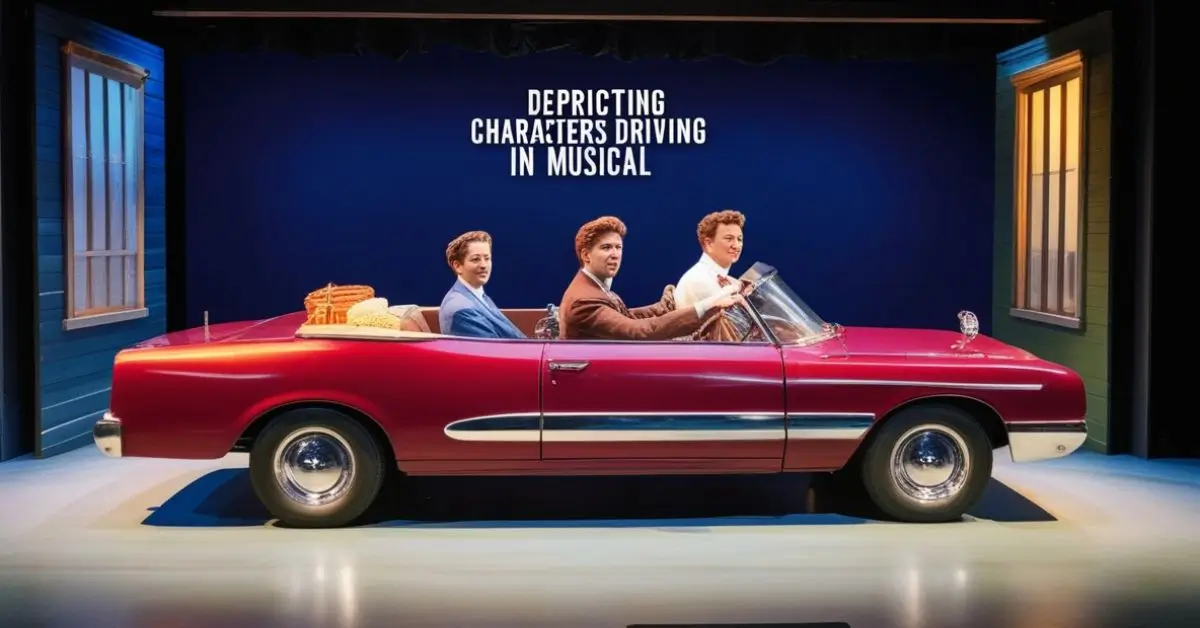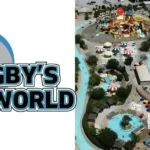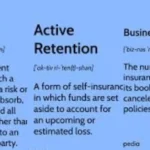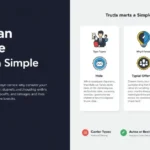Depicting characters driving in musicals presents a unique set of challenges and opportunities for creative expression. The stationary nature of the stage necessitates innovative approaches to convey motion and the essence of travel. Over time, directors and designers have developed various techniques to represent driving scenes effectively, each with its own advantages and considerations.
Techniques for Depicting Driving in Musicals
- Minimalist Props and Implied Motion
A common approach involves using minimal props to suggest a vehicle. For instance, actors might hold a steering wheel or sit on chairs arranged to resemble car seats. Through synchronized movements and coordinated lighting, the illusion of motion is created. This method relies heavily on the audience’s imagination and the actors’ performances to convey the sense of driving.
- Projection and Multimedia
With advancements in technology, many productions now employ projections to simulate movement. By displaying moving backgrounds behind stationary actors, the sensation of travel is achieved. This technique allows for dynamic and versatile scenery changes without the need for elaborate set constructions.
- Physical Set Pieces
Some productions opt for more tangible representations by incorporating actual vehicle parts or full-scale replicas on stage. For example, in certain renditions of “Grease,” a detailed car prop is used to enhance realism. While this approach provides a strong visual impact, it requires significant resources and stage space.
- Choreographed Movement and Lighting
Choreography plays a crucial role in conveying motion. Actors might sway or move rhythmically to suggest the movement of a vehicle. Coupled with strategic lighting that mimics passing streetlights or changing environments, this method effectively creates the illusion of driving.
- Diegetic Music Integration
Incorporating music that characters interact with, such as songs playing from a car radio, adds authenticity to the scene. This technique, known as diegetic music, grounds the scene in reality and enhances the storytelling by connecting the audience to the characters’ immediate environment.
Comparison of Techniques
Each method of depicting driving in musicals offers distinct advantages and challenges.
| Technique | Pros | Cons |
|---|---|---|
| Minimalist Props and Implied Motion | Cost-effective; encourages audience imagination | May lack visual impact; relies heavily on actor performance |
| Projection and Multimedia | Dynamic visuals; adaptable to various scenes | Requires technical resources; potential for technical issues |
| Physical Set Pieces | High realism; strong visual impact | Resource-intensive; limited by stage space |
| Choreographed Movement and Lighting | Creative; emphasizes performance and design collaboration | Demands precise coordination; may be less convincing without strong execution |
| Diegetic Music Integration | Enhances realism; deepens audience connection to the scene | Limited to scenarios where music is contextually appropriate |
Case Studies
- “Groundhog Day”
In this musical, a creative approach is taken to depict a car chase scene. A truck is constructed around the characters, and the scene transitions into a top-down view with cast members holding miniature houses and cars. This imaginative staging effectively conveys the driving sequence without the need for elaborate set pieces.
- “Driving Miss Daisy”
Despite its title, the stage adaptation of “Driving Miss Daisy” employs minimalistic staging for its driving scenes. The driver and passenger are seated, and through dialogue and subtle movements, the illusion of driving is conveyed without elaborate sets.
Challenges and Considerations
Depicting driving on stage requires a balance between realism and theatricality. Directors must consider factors such as available resources, stage space, and the narrative importance of the driving scene. Safety is paramount, especially when using large set pieces or complex choreography. Additionally, the chosen method should align with the overall aesthetic and tone of the production.
Conclusion
Musicals employ a variety of innovative techniques to depict driving, each with its advantages and challenges. The choice of method depends on the production’s resources, artistic vision, and the desired impact on the audience. Through creative staging, choreography, and technology, theater continues to find compelling ways to bring the experience of driving to the stage.
For a deeper understanding of stage mechanics and special effects, you might find this video insightful:











